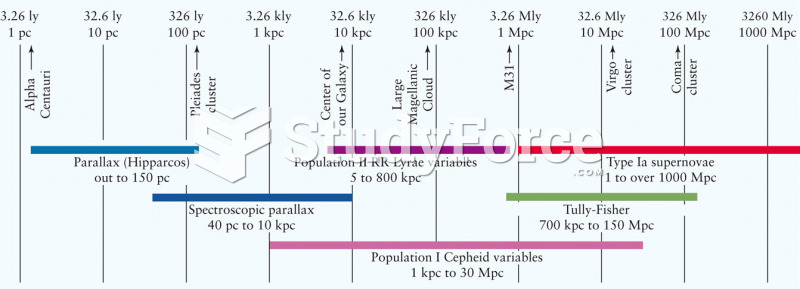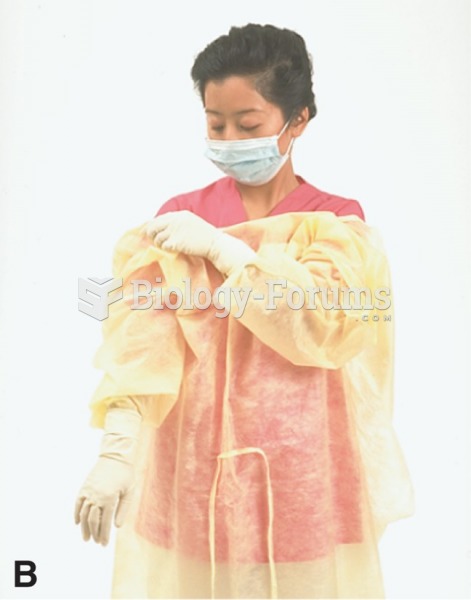Answer to Question 1
Answer:
An ideal response will:
1. Define asymmetrical warfare as wars practiced in unconventional ways that seek to minimize the U.S. advantage in firepower.
2. Identify that terrorists practice this type of warfare, often using lightly armed, irregular enemy forces practicing tactics like ambushes, hidden explosives, suicide bombings, and hostage takingsand often operating in terrain that inhibits use of conventional military power (e.g., jungles and mountains or urban areas with civilian populations).
3. Outline that these techniques have forced a change in U.S. military policy because the armed forces can no longer rely on heavy armor and artillery, tanks, and other conventional warfare methods to respond to these types of tactics.
4. Conclude that the U.S. military is making counterinsurgency preparations by expanding the size of the Army and Marine Corps to have more boots on the ground, reducing divisions into brigades, relying more heavily on Army Reserve and National Guard units, introducing new equipment including unmanned drones to deal with ambushes and mines, and shifting operations from enemy-centric armed conflict to a population-centric approach that takes into account both political goals and social and cultural factors.
Answer to Question 2
Answer:
An ideal response will:
1. List the main characteristics of the Cold War, which included a period of increased tensions (but not live combat) between the United States and the Soviet Union, the desire to contain communism, and heavy reliance on nuclear weapons.
2. Detail the principal Cold War confrontations in Europe that involved strengthening countries trying to ward off communist influence, such as in Turkey, Greece, and Western Europe (through the Truman Doctrine and the Marshall Plan).
3. Identify the principal Cold War confrontation in Latin America: the Cuban Missile Crisis.
4. Describe the Vietnam War as a direct military conflict driven by the Cold War mentality about the need to stop the spread of communism in Asia.
5. Identify the main Cold War combatants as the United States and the Soviet Union (or as NATO and the Warsaw Pact).
6. Reveal how the Cold War conflict was finally resolved with the collapse of the Soviet Union, although the tensions had somewhat subsided beforehand.
7. Discuss the main characteristics of recent terrorist conflicts, which include attacks by nongovernmental actors on civilian targets in order to instill fear.
8. Review how the war in Afghanistan was a direct response to the September 11, 2001, terrorist attacks, whereas the war in Iraq was about preventing a future terrorist attack before the threat had fully developed.
9. Identify the main combatants in terrorism as nongovernmental actors wishing to bring about political change, and the United States as the country leading the charge against terrorism.
10. Conclude that the fight against terrorism continues and has not been resolved, although the United States did make significant gains against terrorism in Afghanistan and Iraq.







